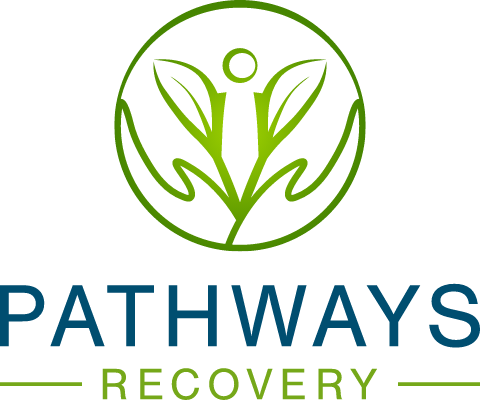 Drug And Alcohol Treatment Completion Rates
Drug And Alcohol Treatment Completion Rates
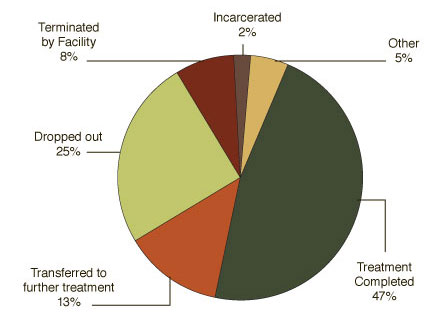
The most recent data available for completion rates at drug and alcohol treatment facilities, such as Pathways Recovery in Sacramento, CA, shows some interesting results. Assembled from 1.5 million discharges from facilities across 42 states, the report details overall completion rates as well as breaking the data down into a wide variety of criteria that can help to uncover more perspective on the experiences of people seeking drug and alcohol treatment in the United States.
Overall, the report found that the completion rate for people seeking drug and alcohol treatment was 47%. Within this overall number, the data showed that completion rate varied widely depending upon factors such as substance of abuse and the type of service being offered by the drug and alcohol treatment facility.
Completion Rates for Addiction Treatment By Program
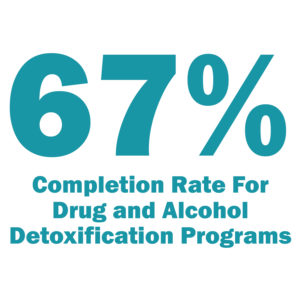
The report is episodic based. In other words if one person sought drug and alcohol treatment twice in the reported year their information would be treated as two separate discharges. The report also gathered the reasons for people being discharged from drug and alcohol treatment other than completion. After completion of the program, the next highest reason for people being discharged was voluntary separation.
SAMHSA’s support of drug and alcohol treatment professionals continues to be an important factor in improving the success rates of programs across the county.
Certainly comprehensive with a wide range of criteria including length of stay, substance of abuse, and others, drug and alcohol treatment professionals should be able to use the data to adjust their own programs to ensure a higher completion rate for their patients.

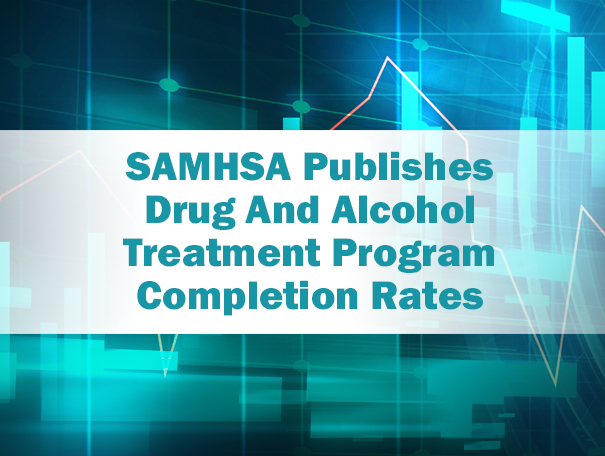
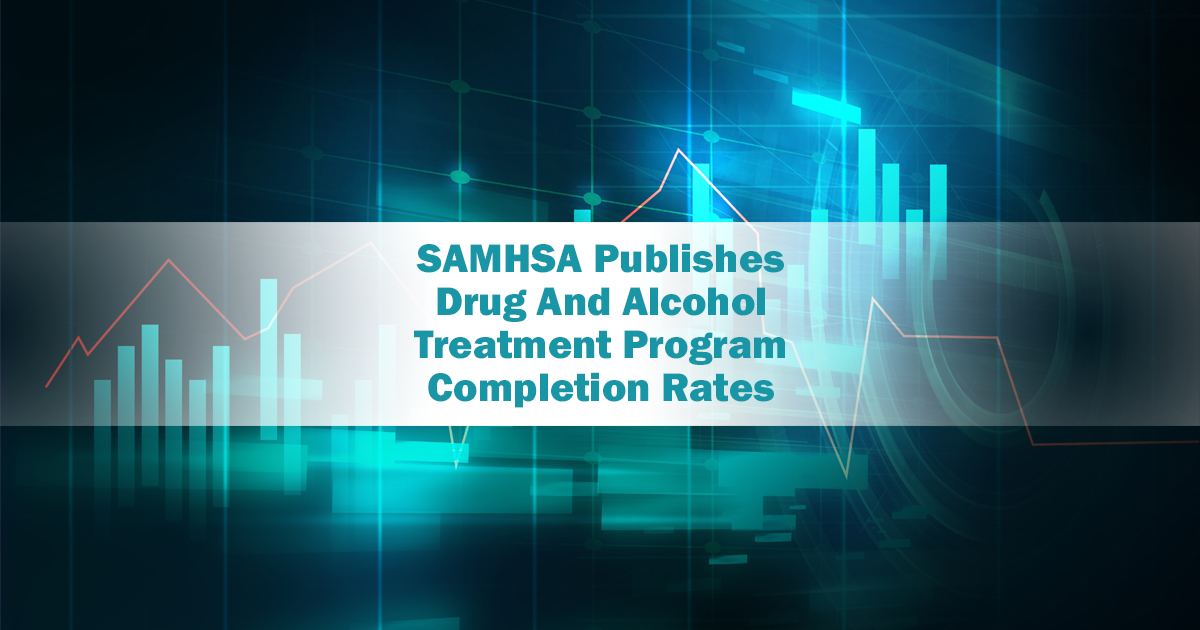 Drug And Alcohol Treatment Completion Rates
Drug And Alcohol Treatment Completion Rates